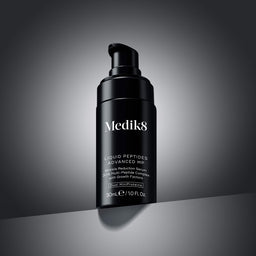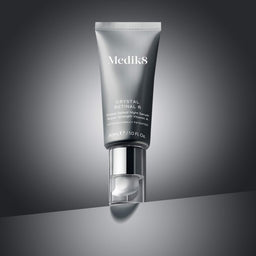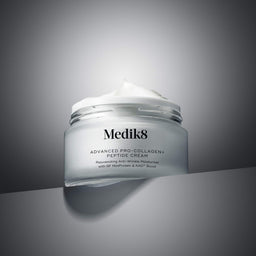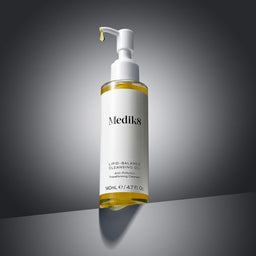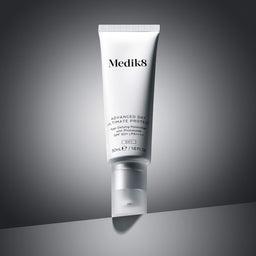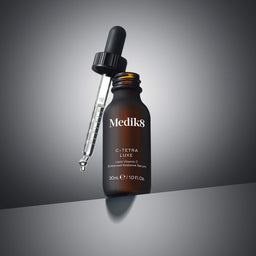Tetrahexyldecyl Ascorbate: The Gold Standard in Vitamin C
Written by: Radhika Sen
Updated on: 14th July 2025
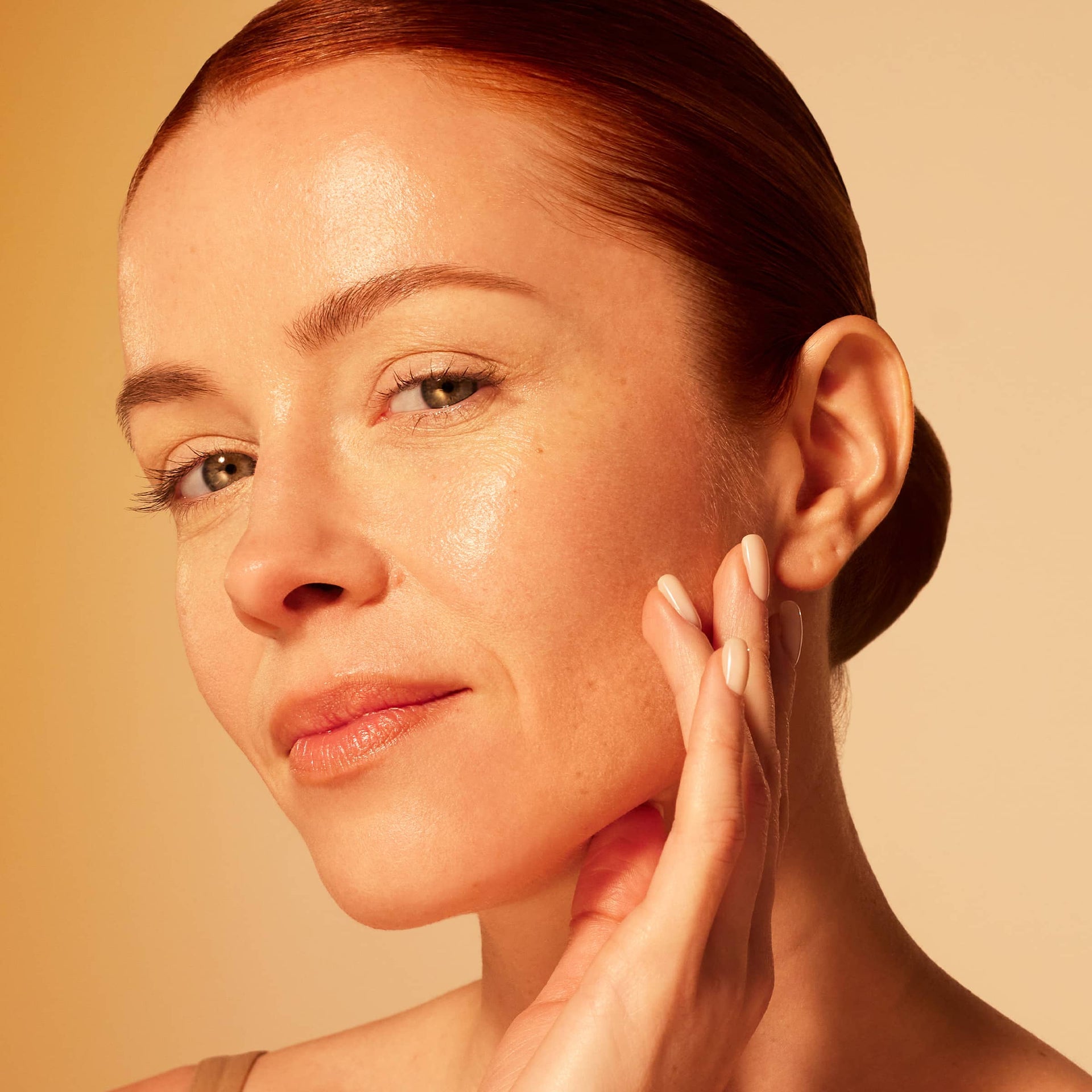
Vitamin C is a skincare powerhouse, renowned for brightening dull skin, softening fine lines, and offering antioxidant protection against environmental stressors. But as its popularity surges, so do concerns around stability, irritation, and inconsistent results. That’s where Tetrahexyldecyl Ascorbate (THD Ascorbate) steps in: a next-generation, lipid-soluble form of vitamin C that’s both potent and gentle. Unlike traditional vitamin C derivatives, THD Ascorbate penetrates deeply to deliver visible results - without the usual sensitivity. In this article, we’ll explore how THD Ascorbate works, what makes it unique, and why it’s fast becoming the gold standard for vitamin C in modern skincare.
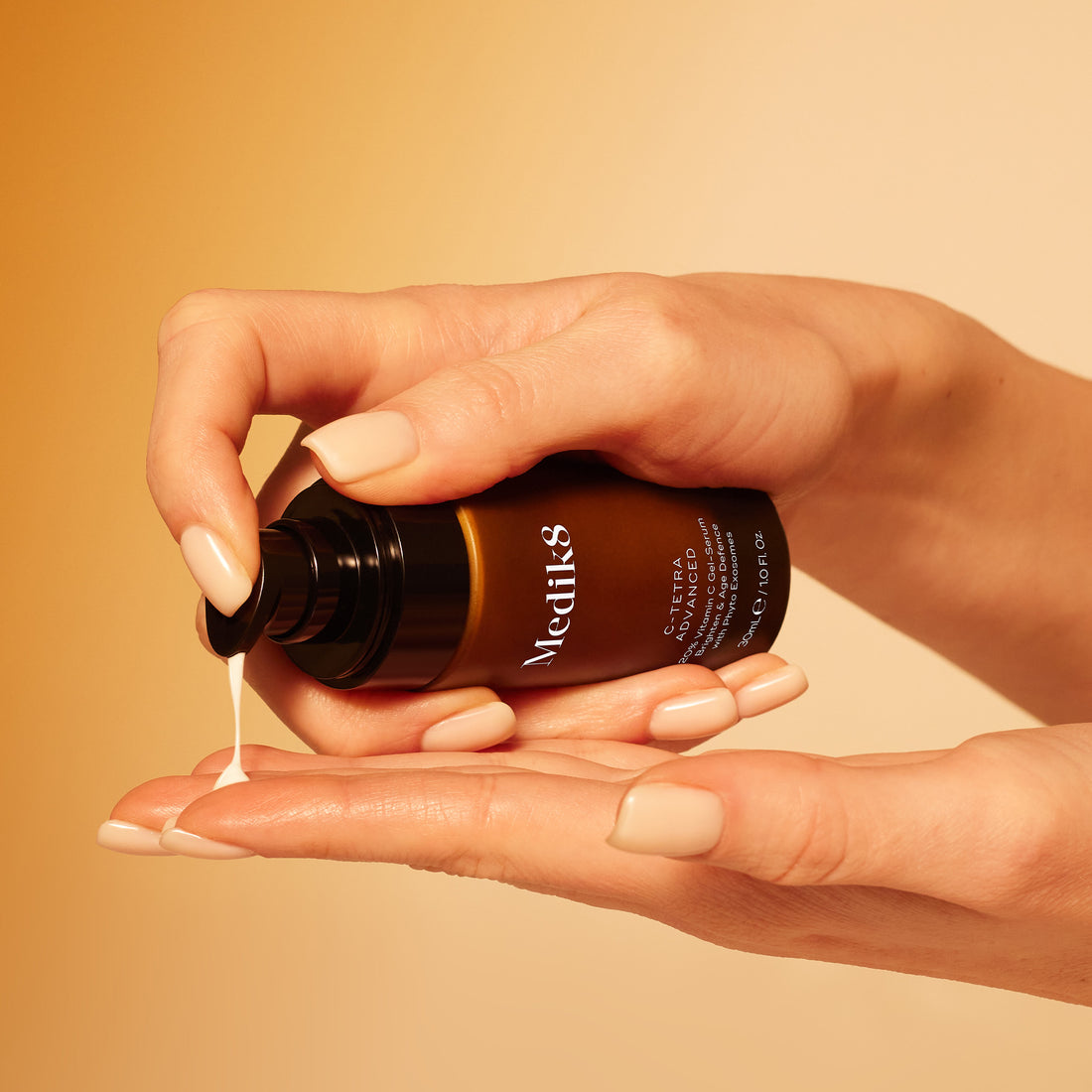
What is tetrahexyldecyl ascorbate?
Tetrahexyldecyl ascorbate (THDC, THDA, or THD ascorbate) is a lipid-soluble, esterified form of vitamin C. Unlike water-soluble ascorbic acid, THDC penetrates the skin’s lipid layers more effectively, where it then converts into active L-ascorbic acid. This next-generation form was developed to overcome the stability and irritation issues often seen with traditional vitamin C, offering a gentler, more bioavailable way to deliver antioxidant protection and visible skin benefits.
Tetrahexyldecyl ascorbate vs L-ascorbic acid
Both forms of vitamin C offer powerful antioxidant protection and brightening benefits, but differ in their formulation properties and how they interact with the skin:
Tetrahexyldecyl ascorbate in skincare
Thanks to its lipid-soluble structure, tetrahexyldecyl ascorbate is favoured in skincare for its superior stability, long shelf life, and ability to remain effective across a wide pH range, typically between pH 4 and 6. This flexibility makes it ideal for gentle yet high-performance formulations.
With tetrahexyldecyl ascorbate percentages typically ranging from 1-20% in products, this form of vitamin C delivers visible skin benefits without the irritation often linked to traditional options. To enhance stability even further, it’s frequently paired with protective ingredients like acetyl zingerone, helping safeguard against degradation while maximising results.
How to use TDH ascorbate in your skincare routine
It is best used in the morning, layered before sunscreen for daily antioxidant protection. After cleansing, apply your vitamin C serum, followed by moisturiser and SPF.
Even though tetrahexyldecyl ascorbate is gentler than L-ascorbic acid, it’s still an active. If you’re a vitamin C beginner or transitioning to a higher-percentage THD serum (10-20%), introduce it gradually, every other morning for 1-2 weeks, then build to daily use. If you’ve already adapted to a vitamin C, daily use is generally fine, but high percentages may still warrant a slower start. With consistent application, you’ll notice visible improvements in skin radiance, firmness, and overall tone.

Ingredient pairings for enhanced results
THD ascorbate pairs well with hydrating and barrier-supporting ingredients like hyaluronic acid and peptides, enhancing glow and comfort. Always follow with SPF to boost antioxidant defence.
It also works seamlessly in Medik8’s clinically proven CSA regime – vitamin C and sunscreen by day, vitamin A at night – for youthful, glowing skin. Learn more about the CSA Philosophy.
If you’re new to vitamin C or have sensitive skin, avoid layering with potent exfoliants. Both are active ingredients, and using them together can overwhelm the skin, increasing the risk of irritation.
Choosing the right tetrahexyldecyl ascorbate products
THD is perfectly suited to serums, thanks to its lipid-soluble structure. It penetrates deeper, remains stable, and delivers impressive visible results.
As with any active ingredient, the formula around it matters just as much. A high-quality formula ensures the vitamin C remains stable, absorbs effectively, and works in harmony with your skin. Look for serums that pair THD ascorbate with stabilising antioxidant boosters like vitamin E or acetyl zingerone, and also include soothing or hydrating ingredients to support the skin barrier.
Packaging plays a vital role too: opt for air-tight, opaque containers that shield the formula from light and oxygen, helping preserve potency from the first drop to the last.
Medik8’s bestselling C-Tetra range harnesses tetrahexyldecyl ascorbate for powerful yet gentle daily antioxidant protection. The collection includes three expertly formulated serums with escalating strengths of stabilised tetrahexyldecyl ascorbate: C-Tetra (7% vitamin C), C-Tetra Luxe (14% vitamin C), and C-Tetra Advanced (20% vitamin C). These feature only scientifically proven forms of vitamin C, expertly stabilised to ensure optimal potency, minimal irritation, and maximum results. We believe the perfect vitamin C formula does exist: one that’s stable, feels amazing on the skin, and delivers impressive visible benefits without compromise.
Introducing C-Tetra Advanced
Meet our latest and most intelligent vitamin C innovation: C-Tetra Advanced. A next-generation, age-defying vitamin C gel-serum clinically proven to brighten and visibly reduce wrinkles in just 7 days.* Powered by 20% stabilised vitamin C, phyto exosomes and acetyl zingerone, it defends against premature skin ageing - delivering high-performance results with 0% barrier disruption.* This is vitamin C, but not as you know it.
*Proven via independent clinical study conducted over 4 weeks on 32 participants.
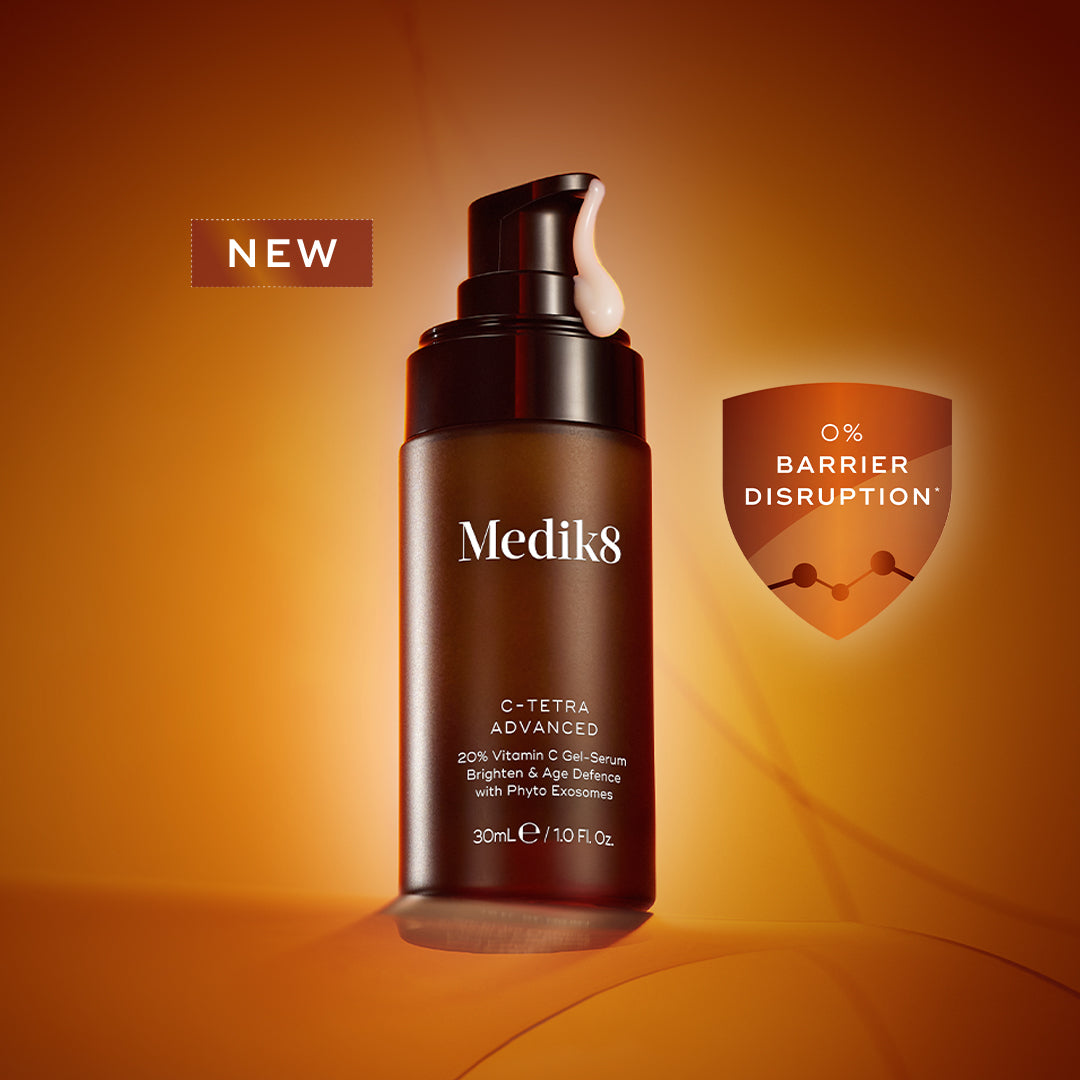
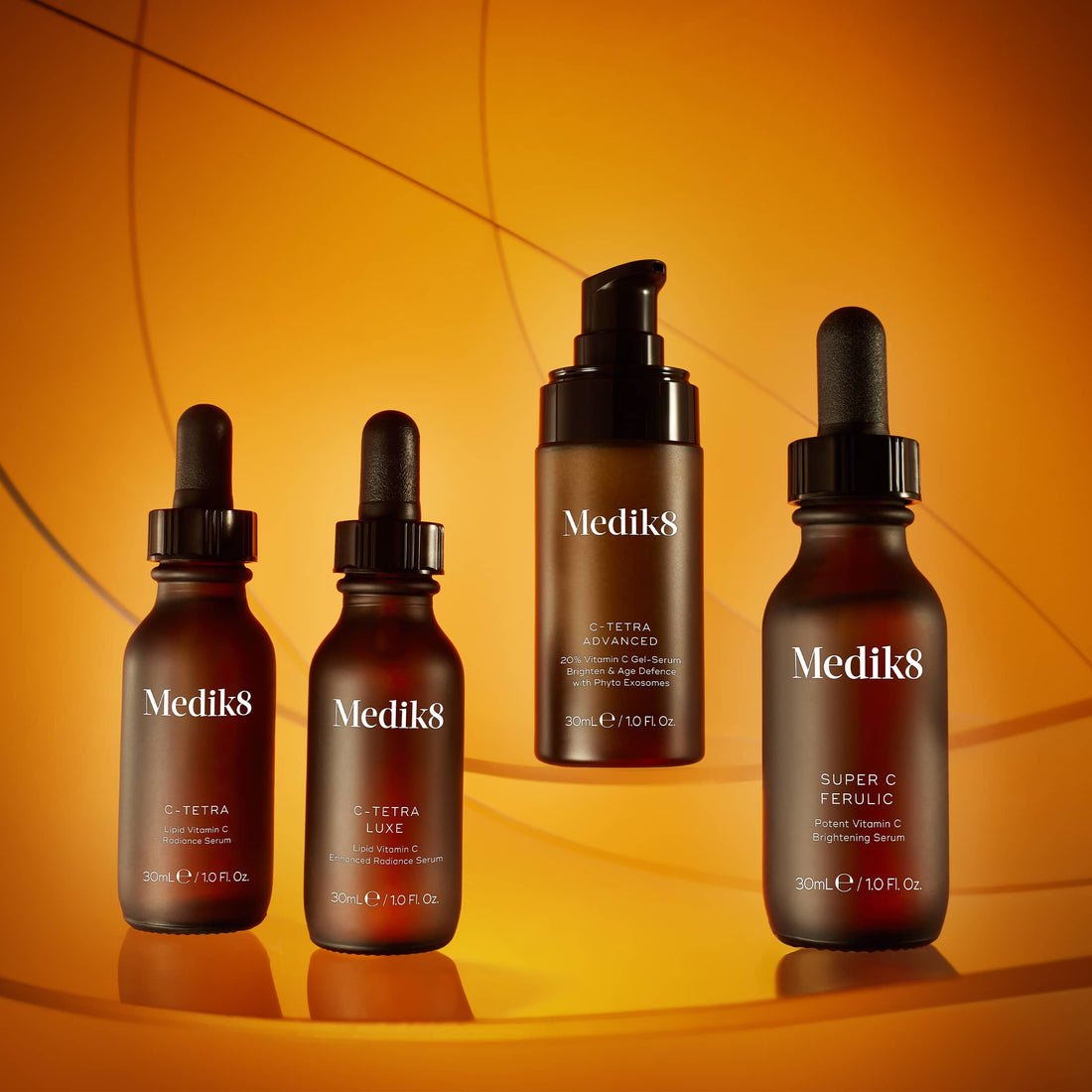
Ready to upgrade your vitamin C?
Tetrahexyldecyl ascorbate offers the perfect balance of potency and stability, delivering real results with minimal irritation. Its oil-soluble format makes it ideal for all skin types, even sensitive, and easy to slot into any routine. Ready to experience the difference? Medik8’s C-Tetra range is the perfect place to start – gentle, effective and backed by vitamin C expertise.
FAQ's
Yes, Tetrahexyldecyl ascorbate (THD ascorbate) pairs well with niacinamide. Both ingredients work synergistically to brighten and support the skin barrier without irritation.
Absolutely. THD ascorbate and retinol complement each other, targeting signs of ageing and uneven tone. Use THD ascorbate in the morning and retinol at night for best results.
THD ascorbate is oil-soluble and remains stable at a skin-friendly pH (3-6, even up to 6,5), unlike traditional water-based vitamin C forms that require a low pH to be effective. This makes it a gentler yet powerful choice for delivering visible results without irritation.
Yes, but it’s best to introduce them gradually, especially if you have sensitive skin or are new to any of the ingredients. Use glycolic acid in the evening and THD ascorbate in the morning to minimise the risk of irritation.
Formulas typically range from 1–20%, but efficacy and the best percentage depend on both your skin’s needs and the overall formulation. If you’re new to vitamin C or have sensitive skin, it’s wise to start with a lower strength and build up gradually. Medik8’s C-Tetra range offers expertly balanced serums at 7%, 14%, and 20%, each designed to deliver visible results with minimal irritation.
THD ascorbate is more stable and gentler on the skin, making it ideal for sensitive types. While L-ascorbic acid works faster, THD offers long-term, well-tolerated results.
THD ascorbate is a highly stable form of vitamin C. Unlike L-ascorbic acid, which can quickly degrade when exposed to light, air, or water, THD ascorbate is oil-soluble and less prone to oxidation. This helps your vitamin C serum stay potent and remain effective for longer.
Yes, THD ascorbate can be a great option for blemish-prone skin, especially if it’s also sensitive. It’s non-comedogenic, so it won’t clog pores or contribute to breakouts, and its gentle, lipid-soluble form means it absorbs easily without disrupting the skin barrier. This makes it far less likely to cause irritation compared to traditional vitamin C forms.
THD ascorbate works to visibly brighten post-blemish marks over time while supporting a calmer, clearer-looking complexion, making it ideal for tackling both current spots and lingering signs of past breakouts.
